At last night’s meeting of Masters of Social Gastronomy, we focused on CANDY, and I spoke on the origins of sweet treats. Â Below, a few of the world’s oldest sugary snacks.
Sugar Cane
About 10,000 years ago, farmers in Papua New Guinea domesticated sugar cane.  It spread to the rest of Southeast Asia where, along with bananas, it was a staple food source.  Sugar Cane is about 17% sugar and is still eaten as a snack in the countries in which it is produced: there is something very satisfying about chomping down on a fibrous strip of sugar cane.  Sugarcane is sold, unprocessed, in many ethnic grocery stores.  I found these sugar cane strips at Kalustyan’s, a fantastic Middle Eastern and Indian food store in Manhattan.  You can also find them as “swizzle sticks” for cocktails; I first had a piece of sugar cane while enjoying Brazil’s national cocktail, the Caipirinha.
Jaggary / Gur
After sugar cane was domesticated in East Asia, it made its way to India.  The earliest method method of processing sugar was developed there: beating the cane to release the sweet liquid inside, then evaporating the water to produce crystallized sugar.  This primitive processing method produces jaggary, a brown sugar that still contain molasses.  It is still eaten in India, other parts of Asia, and the Caribbean.
It’s believed the some of the first desserts, which were largely milk-based, were developed in India. Â Recorded references of sweets date back thousands of years; there are mentioned in the ancient epic the Ramayana as kheer, a type of rice pudding.
Rock Candy
From India, sugar traveled to the Middle East, where sugar production was refined. Arab countries used sugar in both sweet and savory dishes and developed the first candy: rock candy.  To make it, sugar is dissolved in water, and then allowed to recrystallize.  It was flavored with rose or violet; above, is saffron rock candy from Kalustyan’s.
The word “candy” comes from the Arabic word for sugar, “qandi.”
Manus Christi
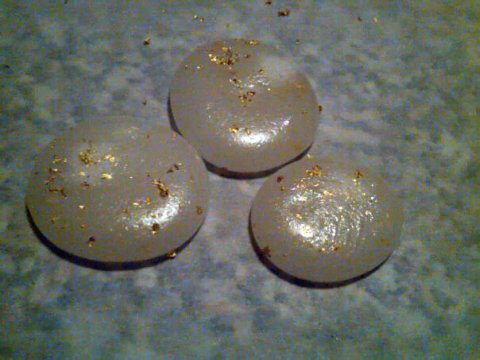 (source)
(source)
The Middle East was also the first place to develop candy syrups and confections, like Halvah. Â After sugar spread to Europe, there was a greater understanding of the various properties of sugar cooked to different temperatures. Â One of the candies developed at this time was called Manus Christi, which means Hand of Christ. Â It was a stick or tablet of hard candy, flavored with rose or violet water, and blended with flecks of gold or ground up gemstones. Â Rich people, like Henry the Eighth, took it like a vitamin. Â Intense.
Much of my research came from the great book Sweets: A History of Candy.
Head over the Brooklyn Brainery’s blog to read some of my co-teacher Soma’s fascinating posts on candy science.
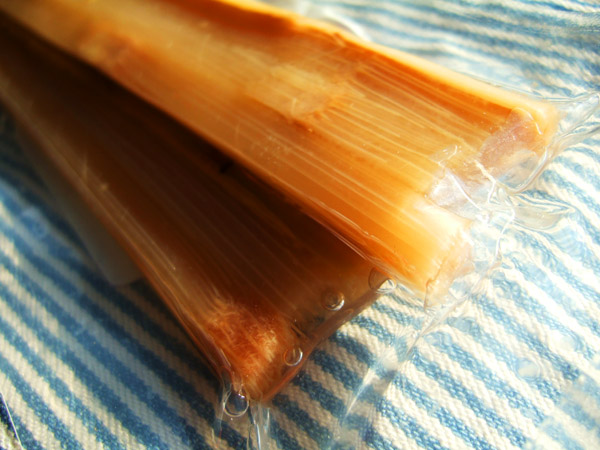
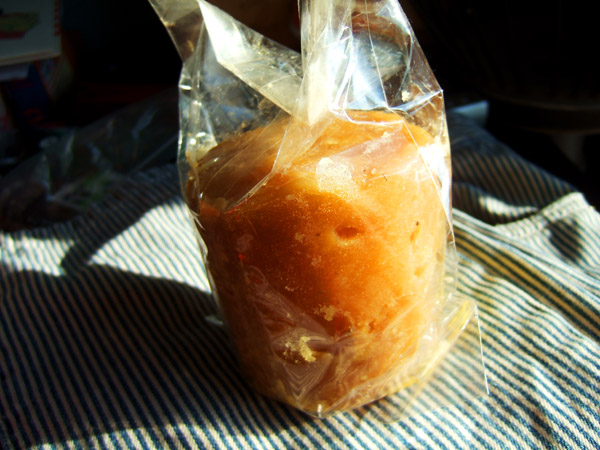
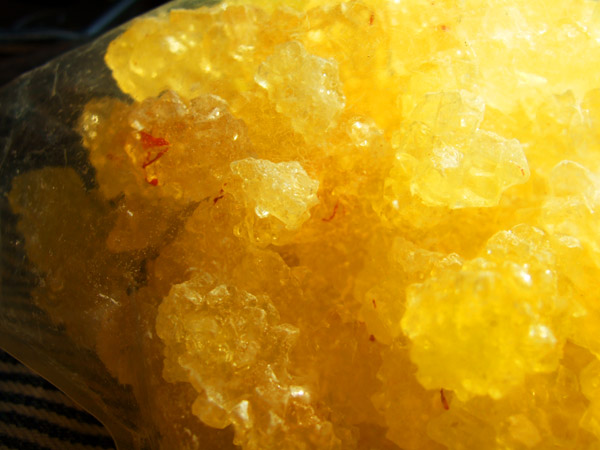

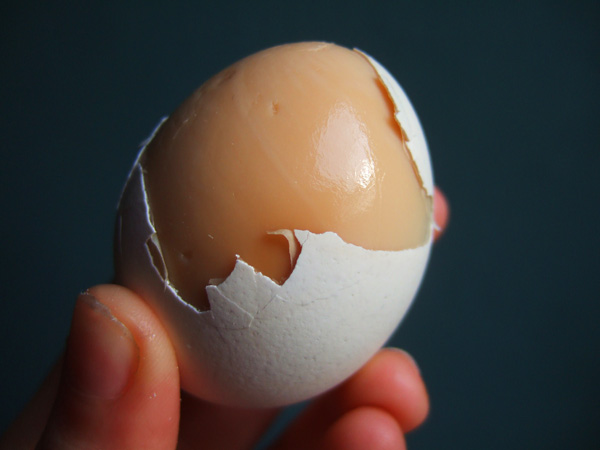
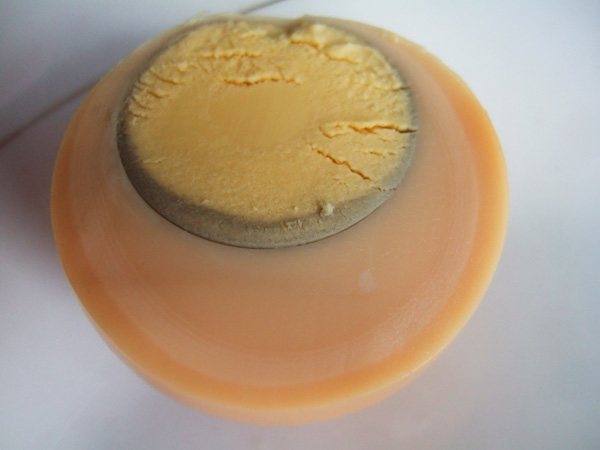
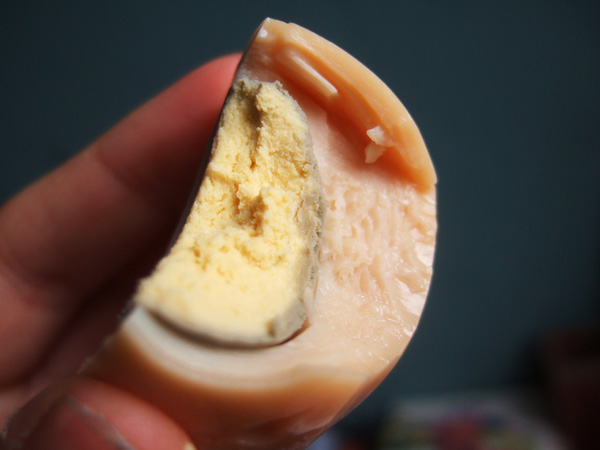
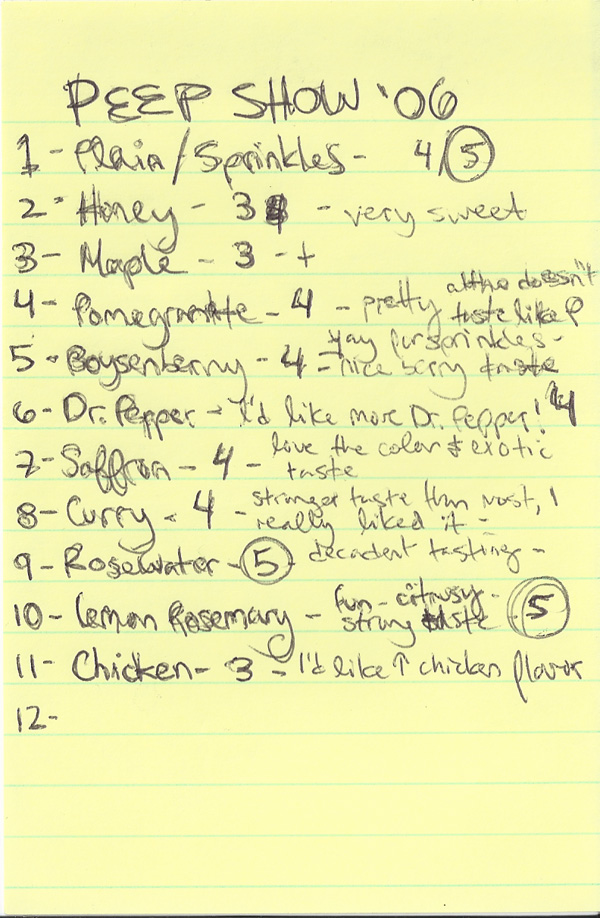
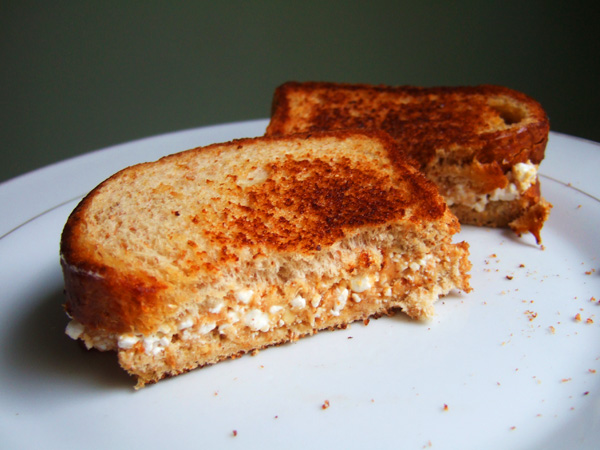
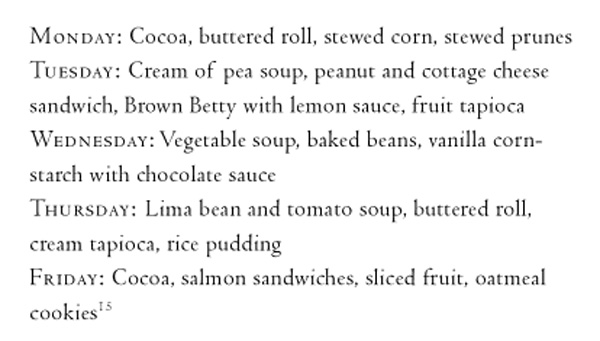

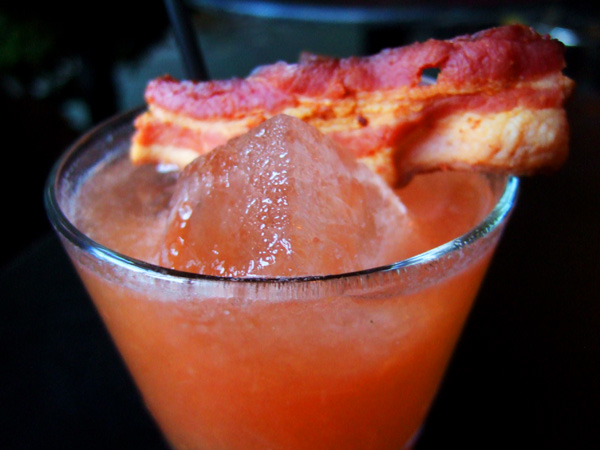
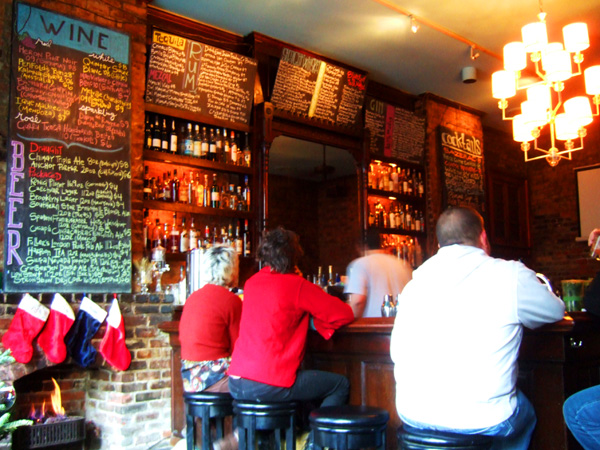
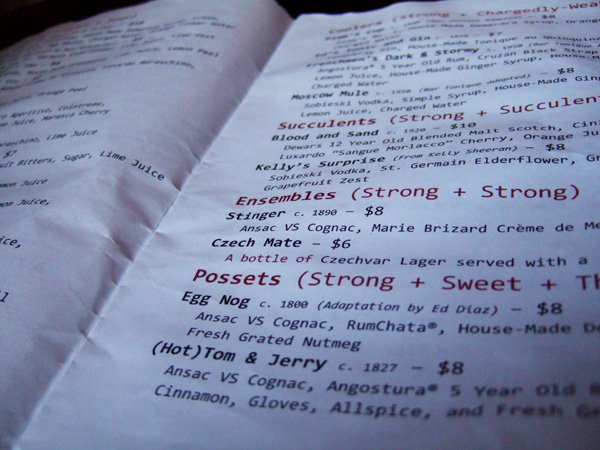
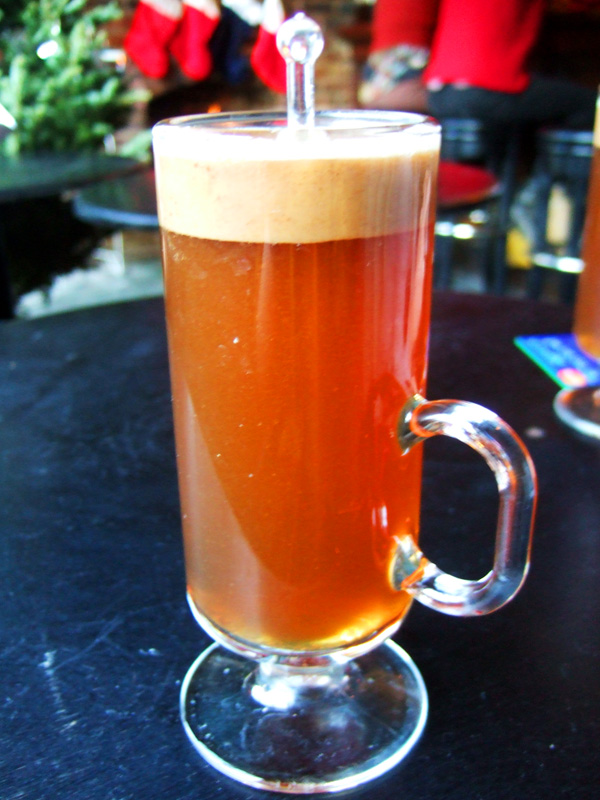
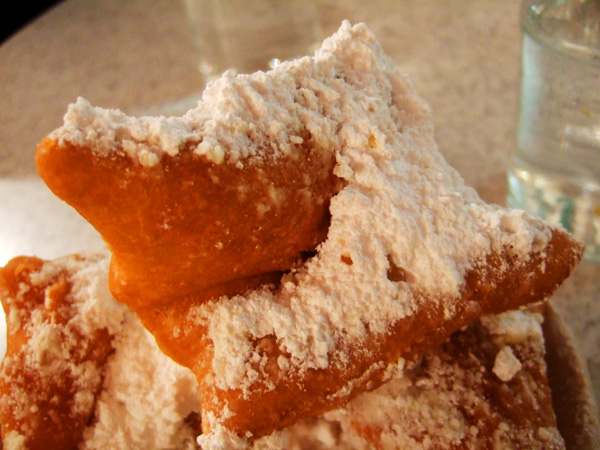
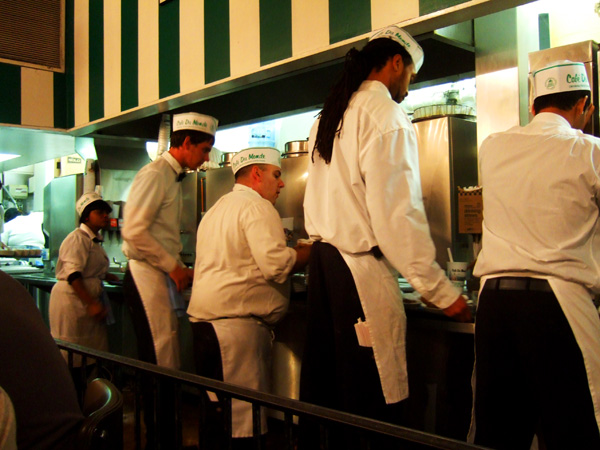
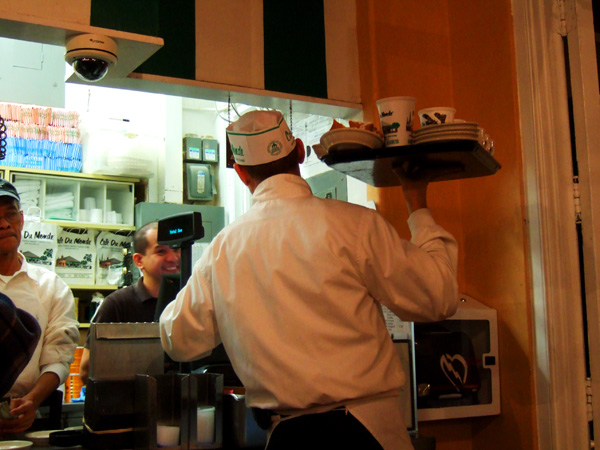
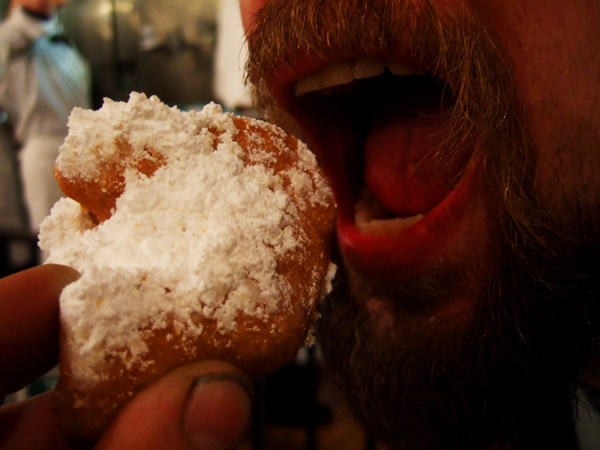
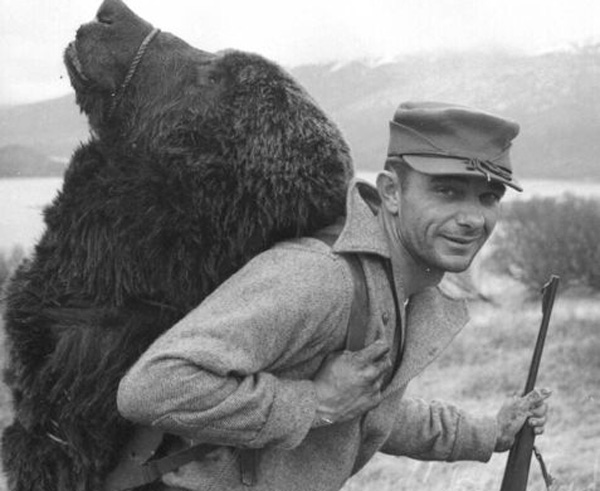
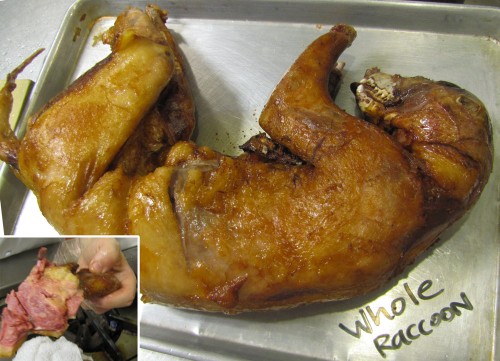 A whole raccoon, cooked by theÂ
A whole raccoon, cooked by the  Dinner atÂ
Dinner at 